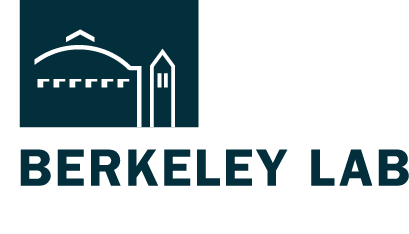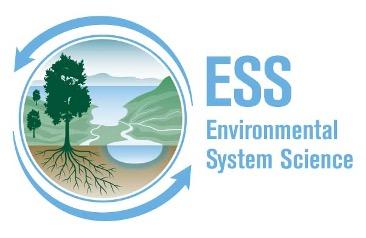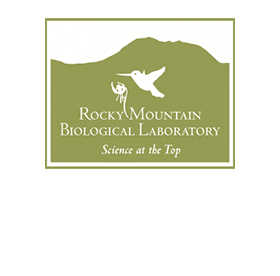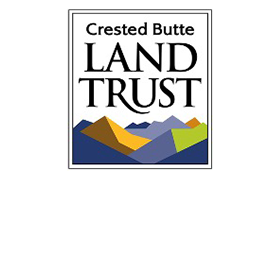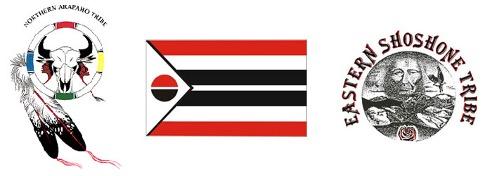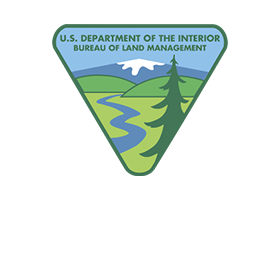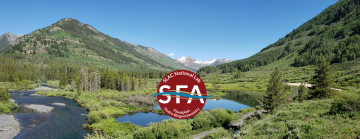
Our lab is investigating microbial and geochemical responses to hydrological processes in floodplain systems. We are particularly interested in fine/coarse sediment interfaces in the subsurface and the transport of solutes and colloids that occur across them.
Overview
Our goal is to develop a systems understanding of floodplain groundwater quality at watershed scales in response to drought and extreme weather. We deploy field, laboratory, and computational efforts for a wholistic approach to our research questions.
Field Investigations
Robust field campaigns to collect samples, record in-situ measurements, and deploy instrumentation are the heart of our research program.

Lab Experiments
Through controlled experimentation we systematically examine how different processes are coupled in these systems from the multimeter to the molecular scale.

Reactive Transport Modeling
Lab and field results are utilized in reactive transport models to improve predictions of nutrient and contaminant loading into groundwater.

Hydrology

Microbiology

Geochemistry

Coupling Hydro-Biogeochemical Mechanisms
Hydrological events such as daily evapotranspiration or flooding modify sediment moisture and transport dissolved solutes such as oxygen, major cations and anions, and trace metals across subsurface interfaces. Microorganisms residing within these sediments respond to changing moisture and nutrient availability by producing reactive constituents such as sulfide and iron [Fe(II)] and triggering periods of intense biogeochemical activity often referred to as “hot moments.”
Mixing of reactive solutes across subsurface interfaces stimulates further reactions, including the formation of colloids rich in organic carbon and trace metals. Understanding the timing, duration, and direction of flow, as well as the connected biogeochemical reaction networks, ultimately will enable prediction of the generation and transport of reactive solutes, trace nutrients, and contaminants in floodplain systems and the ensuing impacts on groundwater quality.
Subsurface Interface
The Nexus of Hydro-Biogeochemical Activity
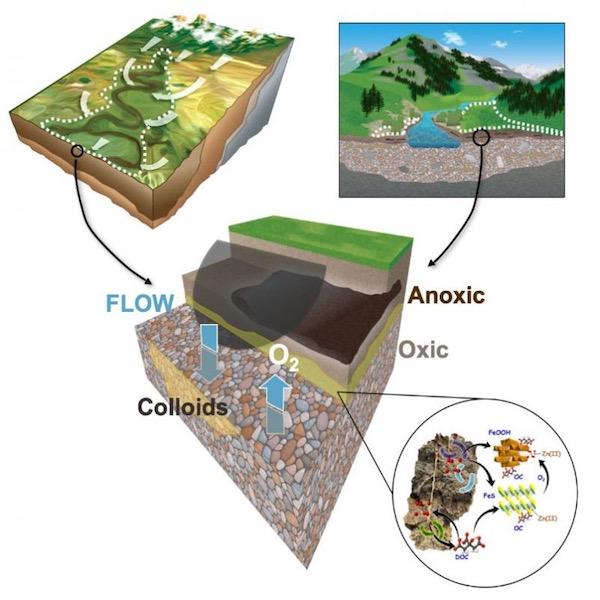
Sediment layering in floodplains juxtapose sharply contrasting permeability and flow conditions, mineralogy, redox conditions, and elemental abundances, making them ecosystem control points for biogeochemical activity.
The interface between shallow, fine-grained anoxic sediments and the underlying oxic gravel bed is ubiquitous in the western United States. These interfaces (see left) have repeatedly been shown to have outsized impacts on groundwater quality.
Despite their importance, processes and solute transport across subsurface interfaces are not well understood.
Colloids
Colloids are known vehicles of nutrient, organic carbon, and contaminant transport. SFA findings have shown that subsurface interfaces not only exhibit intense and altered biogeochemical activity, but they also promote the formation of colloids. Accounting for colloid formation, transport, reactivity, and interaction with sediment matrices is key to understanding floodplain biogeochemical functions and groundwater quality dynamics.
Reducing Zones
Colloids may be deposited near subsurface interfaces, stimulating biogeochemical reactions that generate zones of reducing conditions.

Transport Potential
Strong exchange flows between streams and gravel-bed floodplains allows colloids and solutes exported from one floodplain to be redeposited in floodplains downstream.

Linking Floodplains
The import and export capability of colloids makes their influence on the system dynamic - linking biogeochemical functions along the entire riparian corridor.

Linking to Other Ber Model Framework
The Floodplain Hydro-Biogeochemistry SFA is improving the ability to mechanistically link the water cycle to nutrient and contaminant mobility in the shallow subsurface.

The goal to implicitly include colloid generation, transport, and reactivity in model representations will improve water quality prediction far beyond current capabilities..

Process models we develop complement and feed into watershed hydrological model frameworks being developed by other SBR SFA programs.

One of these programs is the Interoperable Design of Extreme-scale Application Software (IDEAS)-Watersheds project.


